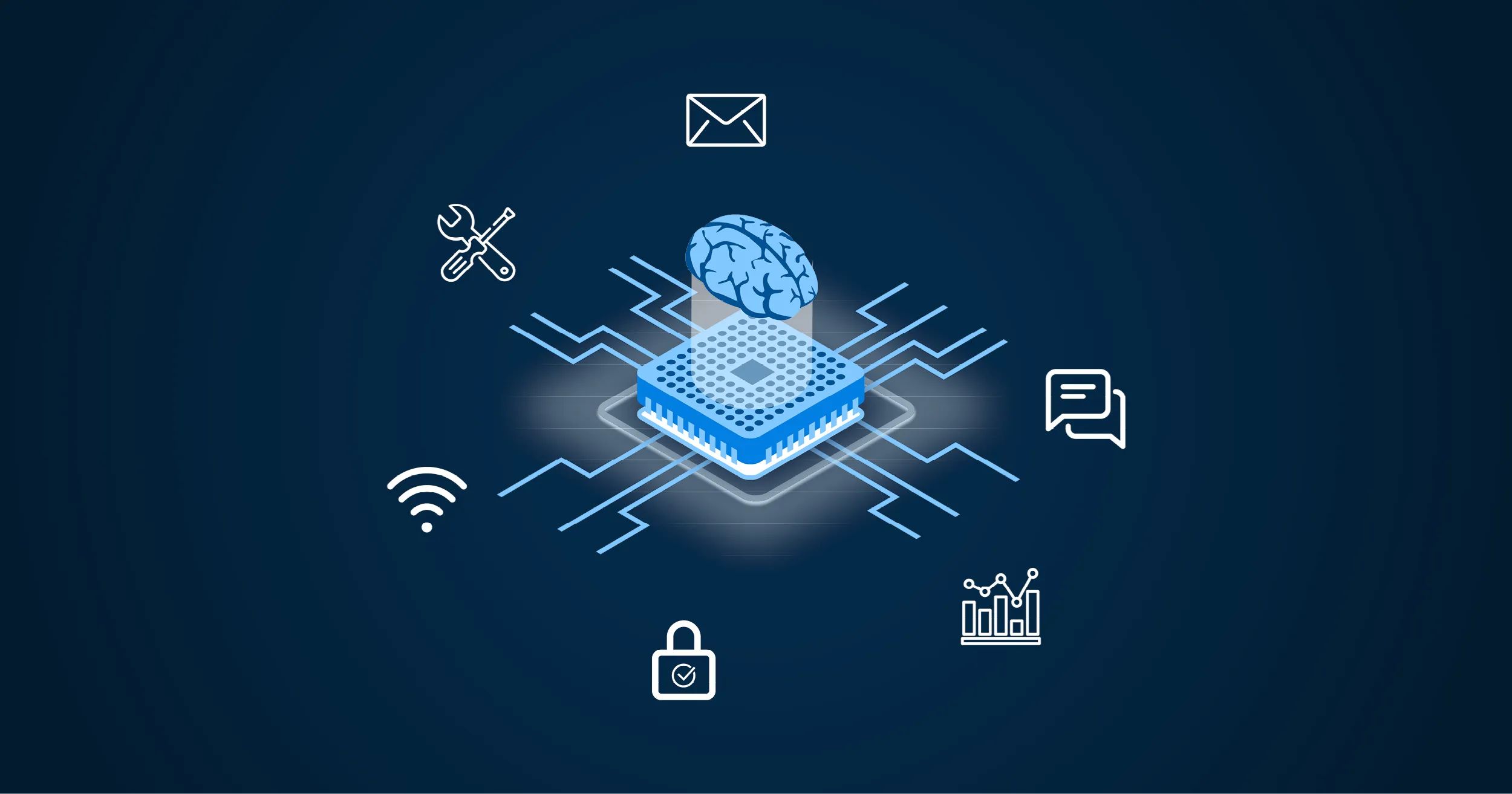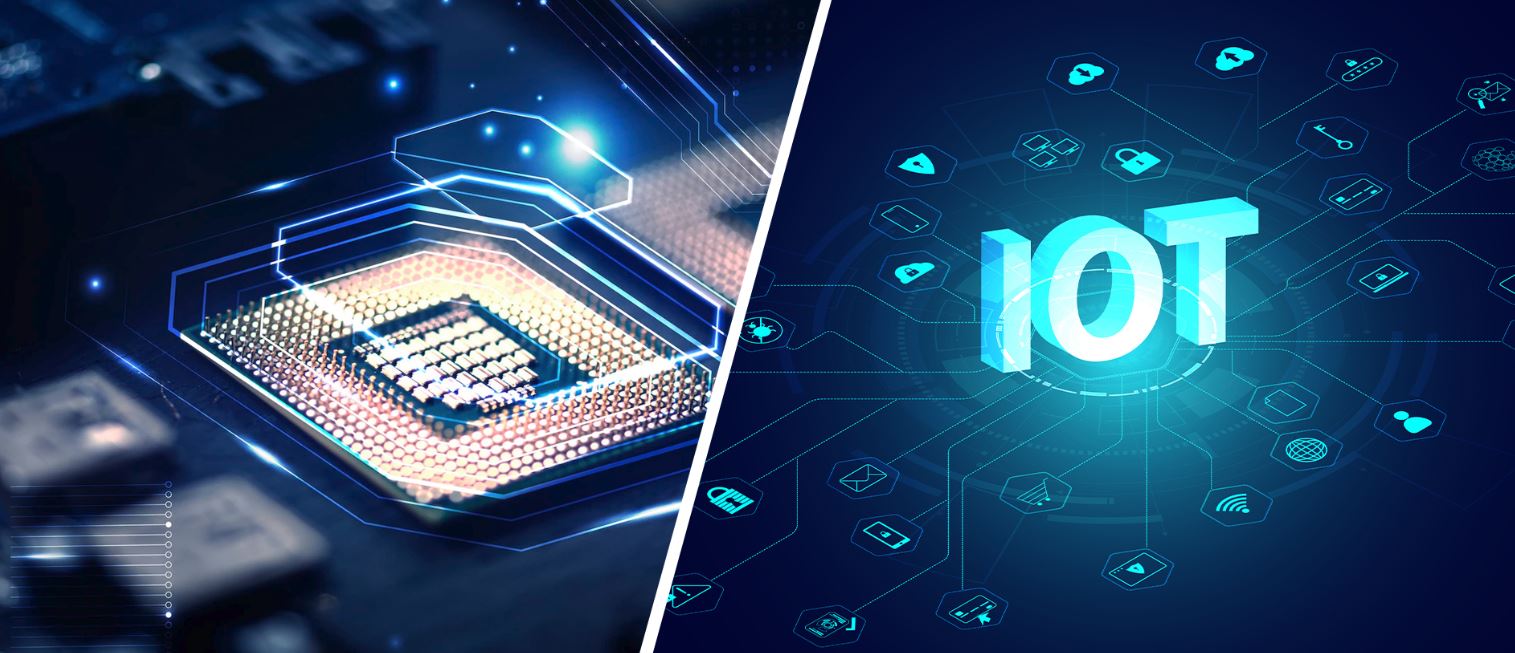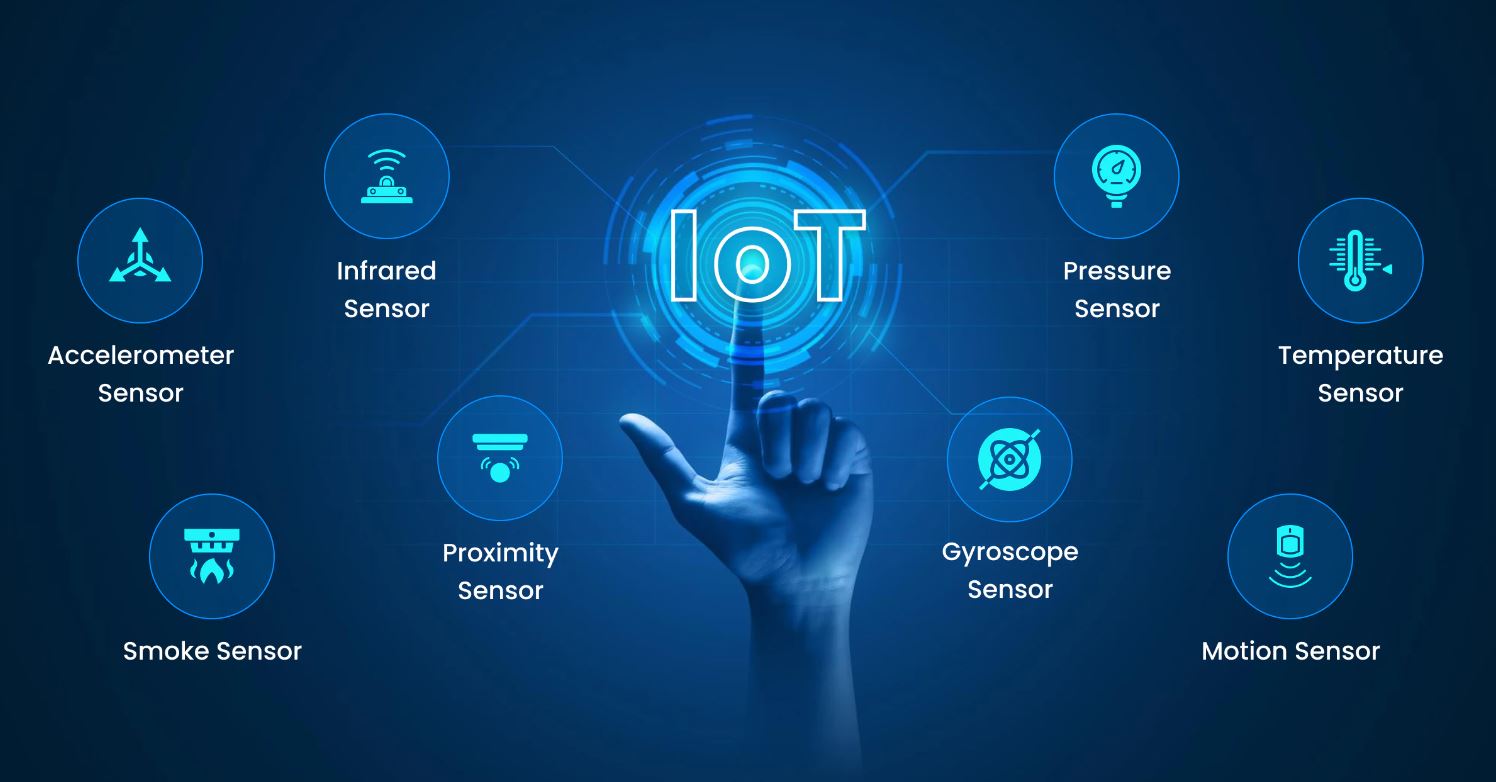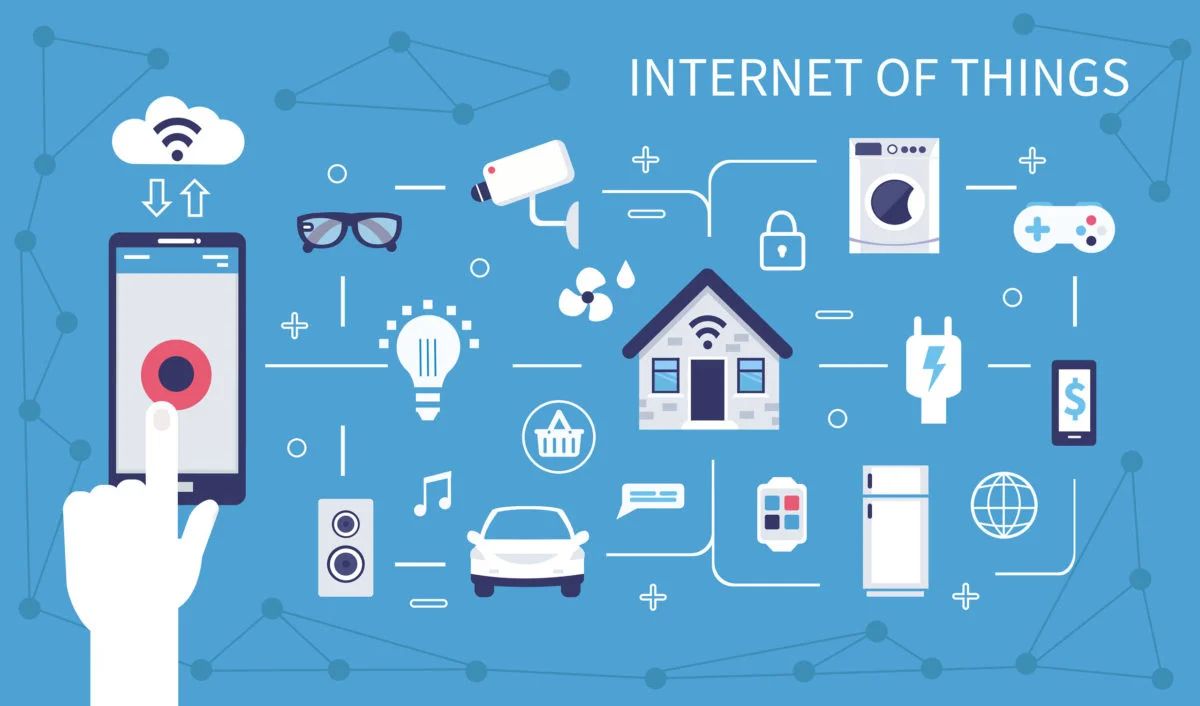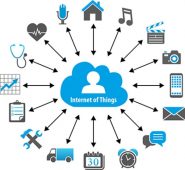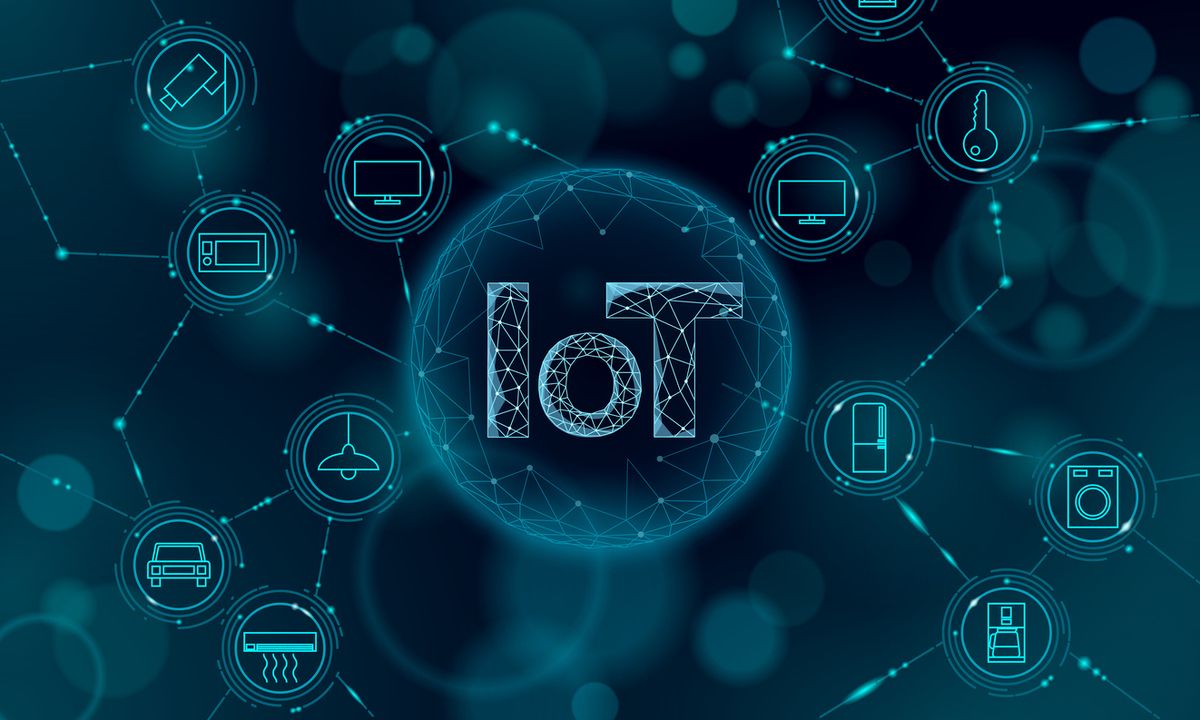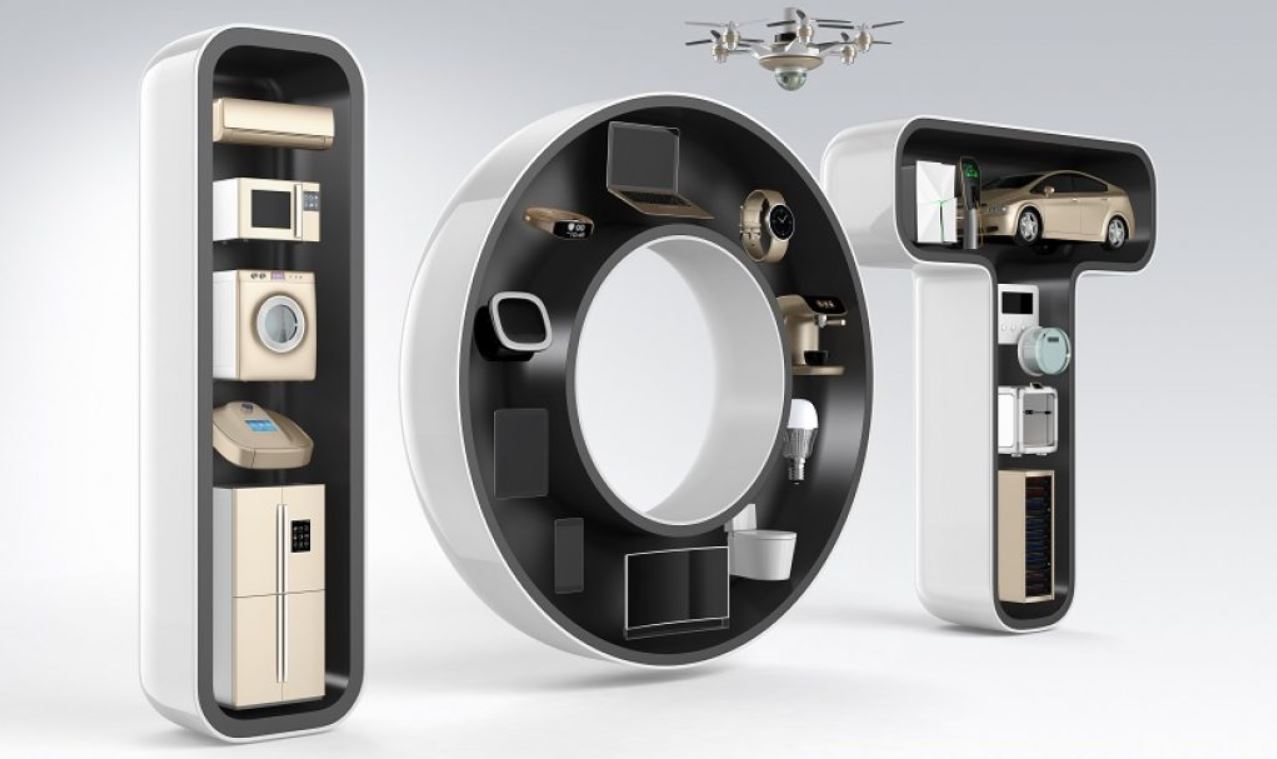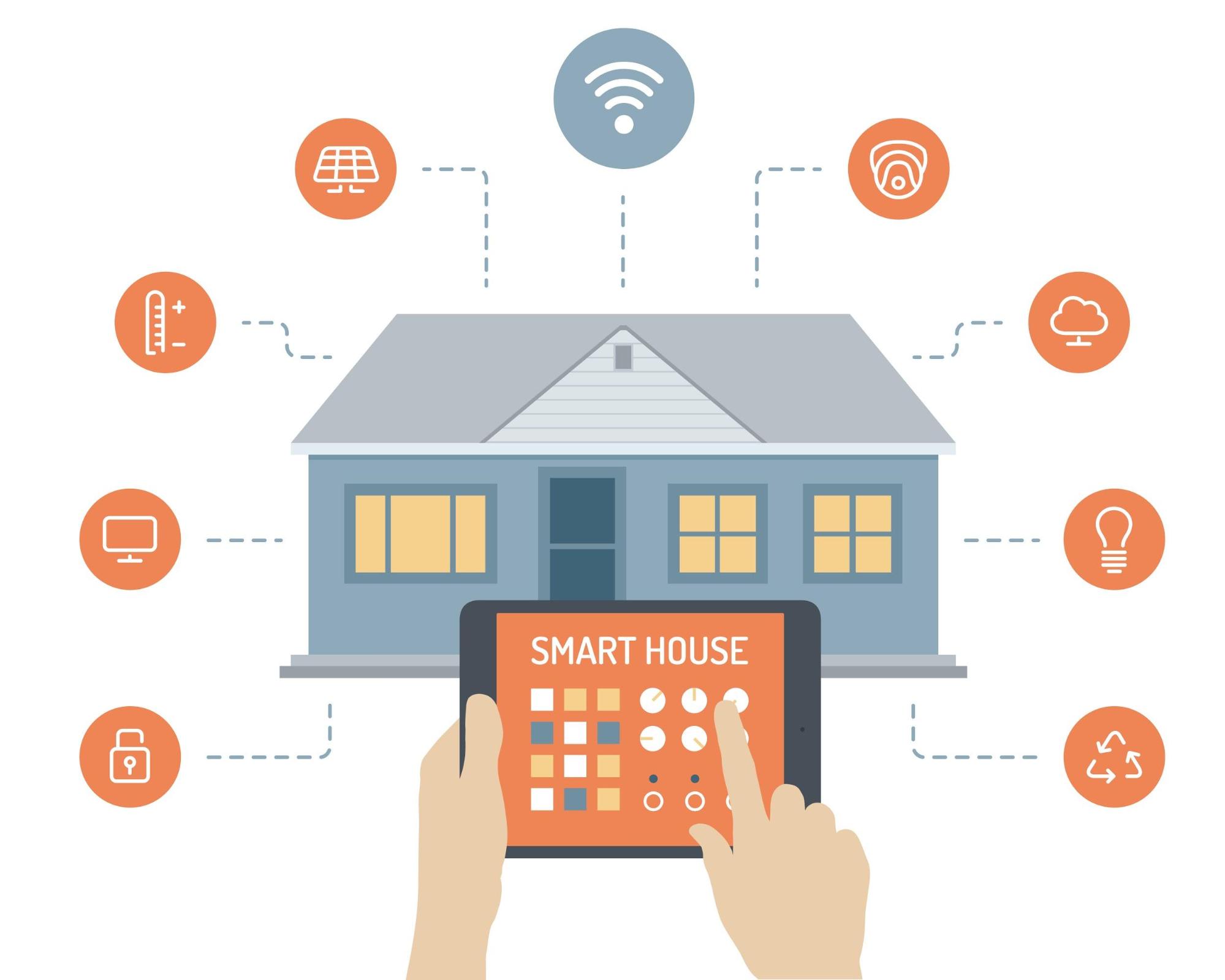Introduction
The Internet of Things (IoT) has revolutionized the way we interact with the world, connecting devices and enabling seamless communication. At the heart of the IoT lies embedded systems, which form the backbone of this interconnected network. In this article, we will explore the concept of IoT embedded systems, their components, applications, and the challenges involved in their development.
The IoT has transformed various industries, from healthcare and agriculture to transportation and manufacturing. By embedding sensors, actuators, and communication capabilities into everyday objects, these devices can gather and exchange data, making our lives more efficient and convenient. However, to make this network functional, we rely on embedded systems, which combine hardware and software components to perform specific tasks.
Embedded systems are dedicated computer systems integrated into larger systems or devices. They are designed to perform specific functions and operate with minimal human intervention.
They are omnipresent in our daily lives, powering devices such as smartphones, home appliances, cars, and even medical devices.
Now, let’s focus on the amalgamation of IoT and embedded systems – the IoT embedded system. An IoT embedded system refers to the integration of embedded systems with IoT technologies, enabling these devices to connect and communicate with each other over the internet.
These systems leverage the power of sensors, connectivity, and data processing to enable automation, remote monitoring, and control in various domains.
The components of an IoT embedded system are crucial in ensuring its functionality. Typically, an IoT embedded system consists of three main components: sensors, actuators, and a microcontroller or microprocessor. Sensors are responsible for collecting data from its surroundings, while actuators allow the system to interact with the physical world. The microcontroller or microprocessor acts as the brain, processing the data and executing commands.
The applications of IoT embedded systems are vast and diverse. In healthcare, IoT embedded systems enable remote patient monitoring and real-time tracking of medical equipment. In agriculture, these systems facilitate smart irrigation, soil monitoring, and livestock tracking. Industries use IoT embedded systems to optimize manufacturing processes, monitor equipment performance, and enhance predictive maintenance.
What is IoT?
The Internet of Things (IoT) refers to the network of interconnected devices and objects that are embedded with sensors, software, and network connectivity. These devices collect and exchange data, enabling them to interact with each other and perform tasks without human intervention. The concept of IoT revolves around the idea of creating a seamlessly connected ecosystem where physical objects can communicate and share information over the internet.
At its core, the IoT is about enabling devices to gather and utilize data to improve efficiency, convenience, and decision-making. By connecting everyday objects to the internet, IoT expands the capabilities of these objects beyond their basic functionality.
IoT devices include a wide range of objects, from consumer electronics like smartphones and smart home appliances to industrial equipment and infrastructure. These devices are equipped with sensors and actuators that allow them to sense and control their environment. The data collected by these devices can be analyzed and processed to generate insights, automate tasks, and enable smarter decision-making.
One of the key features of IoT is its ability to facilitate communication between devices. Through wired or wireless networks, IoT devices can exchange data and commands, enabling them to work together towards a common goal. This interconnectedness opens up endless possibilities for innovation and automation in various industries.
The applications of IoT are vast and diverse. In the consumer space, IoT devices such as smart speakers, thermostats, and security systems enhance convenience and connectivity in our homes. Smart cities utilize IoT to optimize transportation systems, manage energy consumption, and improve public safety. In the healthcare sector, IoT enables remote patient monitoring, smart drug delivery systems, and personalized healthcare solutions.
As IoT continues to evolve, it presents both opportunities and challenges. On one hand, IoT has the potential to revolutionize industries, improve quality of life, and drive innovation. On the other hand, concerns about data security, privacy, and interoperability need to be addressed to ensure the widespread adoption and success of IoT.
What is an Embedded System?
An embedded system is a dedicated computer system designed to perform specific functions within larger systems or devices. It is characterized by its integration into a host system to control and monitor various operations with a high degree of reliability and efficiency. Unlike general-purpose computer systems, embedded systems are purpose-built for specific tasks and operate with minimal human intervention.
Embedded systems can be found in various domains, including consumer electronics, automotive, healthcare, industrial automation, and aerospace. They are present in everyday objects such as smartphones, home appliances, vehicles, and medical devices. These systems are typically designed to be low-cost, low-power, and small in size, while still meeting the specific requirements of their intended applications.
The key components of an embedded system include a microcontroller or microprocessor, memory, input/output interfaces, and software. The microcontroller or microprocessor acts as the brain of the system, executing the program instructions and controlling the hardware components. The memory stores data and program code, while the input/output interfaces enable communication with external devices.
Embedded systems are designed to meet specific real-time constraints, meaning they must perform tasks within strict timing requirements. Real-time systems can be classified into hard real-time and soft real-time systems. In hard real-time systems, missing a deadline can result in catastrophic consequences, such as in safety critical applications. Soft real-time systems have more flexible timing constraints, where missing a deadline may not have severe consequences but can still impact performance or efficiency.
The software development process for embedded systems differs from that of general-purpose software. It often involves low-level programming languages like C or assembly language to optimize performance and memory usage. The software is typically developed using integrated development environments (IDEs) and cross-compilers, which allow developers to write code on a separate computer and compile it for the target embedded system architecture.
Embedded systems offer several advantages, including increased reliability, reduced cost, and improved system performance. By eliminating the need for additional hardware and software components, embedded systems can simplify and streamline complex processes. They also enable advanced functionalities and automation, making them integral in modern technological advancements.
In summary, embedded systems play a significant role in various industries by providing specialized functionality within larger systems or devices. They are purpose-built computer systems that operate with minimal human intervention and are optimized for specific applications. Embedded systems have become an integral part of our daily lives, enhancing the performance and functionality of everyday objects we interact with.
What is an IoT Embedded System?
An IoT embedded system refers to the integration of embedded systems with IoT technologies, enabling devices to connect and communicate with each other over the internet. It combines the capabilities of traditional embedded systems, which are dedicated computer systems designed for specific functions, with the power of IoT to create a network of interconnected devices.
In an IoT embedded system, the embedded device is equipped with sensors, actuators, and communication capabilities, allowing it to collect data from its surroundings, process that data, and communicate with other devices or systems over the internet. This connectivity enables automation, remote monitoring, and control in various domains, expanding the possibilities of what embedded systems can achieve.
The integration of IoT technology into embedded systems brings several advantages. It allows for real-time monitoring and data exchange, enabling devices to make more informed and timely decisions. This can improve efficiency, optimize resource allocation, and facilitate predictive maintenance. For example, in a smart home, an IoT embedded system can monitor energy usage, adjust temperature settings, and even anticipate user preferences based on historical data.
IoT embedded systems also enable remote control and monitoring, adding convenience and flexibility to various applications. For instance, in industrial settings, IoT embedded systems can remotely monitor and control machinery, ensuring optimal performance and minimizing downtime. In healthcare, these systems enable remote patient monitoring, allowing healthcare professionals to monitor vital signs and provide immediate assistance, even from a distance.
Furthermore, the integration of IoT technologies can enhance the functionality of embedded systems by enabling them to communicate and collaborate with other devices, systems, or cloud platforms. This opens up new possibilities for data analysis, machine learning, and artificial intelligence (AI). By leveraging the power of cloud computing, IoT embedded systems can offload complex tasks, access vast amounts of data for analysis, and gain insights that can drive intelligent decision-making.
IoT embedded systems find applications in various industries, including healthcare, agriculture, transportation, manufacturing, and smart cities. They enable the development of smart homes, smart grids, connected cars, precision agriculture systems, and much more. As technology continues to evolve, the capabilities and potential of IoT embedded systems will only continue to expand.
In summary, an IoT embedded system combines the power of traditional embedded systems with IoT technologies, enabling devices to connect, communicate, and share data over the internet. This integration brings numerous advantages, including real-time monitoring, remote control, enhanced functionality, and the ability to collaborate with other devices and systems. IoT embedded systems have a wide range of applications and contribute to the development of innovative solutions in various domains.
Components of an IoT Embedded System
An IoT embedded system comprises several key components that work together to enable its functionality and connectivity. These components include sensors, actuators, and a microcontroller or microprocessor. Each component plays a vital role in collecting, processing, and transmitting data within the IoT ecosystem.
1. Sensors: Sensors are crucial components of an IoT embedded system. They are responsible for collecting data from the environment or the object they are embedded in. Sensors can measure various parameters such as temperature, humidity, pressure, light intensity, motion, and more. The collected data provides valuable insights into the system’s surroundings and forms the foundation for decision-making and automation.
2. Actuators: Actuators are another essential component of an IoT embedded system. They serve as the means to interact with the physical world. Actuators convert electrical signals from the microcontroller or microprocessor into physical actions. For example, motors can be used as actuators to control the movement of robotic arms or adjust the position of valves in an industrial process. Actuators enable the system to respond to commands, triggers, or specific conditions.
3. Microcontroller or Microprocessor: The microcontroller or microprocessor functions as the brain of the IoT embedded system. It receives data from the sensors, processes that data, and makes decisions based on predefined algorithms or programming instructions. The microcontroller or microprocessor also sends commands to the actuators for performing specific actions. It acts as the control center, governing the overall operation of the IoT embedded system.
4. Connectivity: Connectivity is a critical aspect of an IoT embedded system. It enables devices to communicate with each other and exchange data. There are various connectivity options available, such as Wi-Fi, Bluetooth, Zigbee, cellular networks, or even wired connections. The choice of connectivity depends on factors such as range, data bandwidth, power consumption, and security requirements. The connectivity allows IoT embedded systems to interconnect and integrate into larger IoT networks.
5. Power Supply: Power supply is essential to ensure the continuous operation of an IoT embedded system. Depending on the specific application, this can involve utilizing energy-efficient batteries, connecting to a stable power source, or implementing energy harvesting techniques. Power management is crucial to maximize the system’s uptime and optimize resource utilization.
In addition to these primary components, an IoT embedded system may also include memory for storing data and program code, communication protocols for transmitting data securely, and additional peripherals for specific functionalities.
These components, working together, create a powerful and interconnected ecosystem. Sensors collect data, the microcontroller or microprocessor processes that data, and actuators respond or take actions based on the processed information. The connectivity enables seamless communication, enabling the IoT embedded system to interact with other devices, systems, or cloud platforms.
By understanding these components, we can appreciate the complexity and versatility of IoT embedded systems. They enable automation, real-time monitoring, and intelligent decision-making, ultimately leading to enhanced efficiency and improved user experience in various domains.
Applications of IoT Embedded Systems
IoT embedded systems have found numerous applications across various industries, revolutionizing processes and enhancing efficiency. These systems leverage the power of connectivity, sensors, actuators, and data processing to enable automation, remote monitoring, and control. Let’s explore some key applications of IoT embedded systems:
1. Smart Homes: IoT embedded systems are widely used in smart home automation. They enable homeowners to remotely control and monitor various aspects of their homes, such as lighting, temperature, security systems, and appliances. For example, sensors can detect occupancy and adjust lighting and HVAC systems accordingly, optimizing energy usage and enhancing comfort.
2. Industrial Automation: IoT embedded systems have transformed industrial processes. They enable remote monitoring and control of machinery, production lines, and critical systems. These systems can collect real-time data for predictive maintenance, ensuring optimal performance and minimizing downtime. Industrial IoT also facilitates intelligent supply chain management, inventory tracking, and quality control.
3. Healthcare: IoT embedded systems play a vital role in the healthcare industry, enabling remote patient monitoring, personal health tracking, and smart drug delivery. These systems collect medical data, such as vital signs and medication adherence, allowing healthcare professionals to monitor patients remotely. IoT embedded systems also enhance the efficiency and accuracy of medical devices, facilitating better patient outcomes.
4. Agriculture: IoT embedded systems in agriculture, also known as precision agriculture, enable farmers to optimize resource utilization and improve crop yield. These systems monitor soil moisture levels, weather conditions, and pest infestations, enabling timely irrigation, fertilization, and pest control measures. Smart farming techniques powered by IoT enhance productivity while minimizing environmental impact.
5. Smart Cities: IoT embedded systems contribute to the development of smart cities by improving services, optimizing resource usage, and enhancing public safety. They enable real-time monitoring and management of traffic systems, waste management, energy consumption, and public infrastructure. Smart city applications powered by IoT embedded systems aim to create sustainable and efficient urban environments.
6. Transportation: IoT embedded systems revolutionize transportation systems, making them safer, more efficient, and connected. These systems enable real-time tracking of vehicles, fleet management, and smart traffic control. Embedded sensors and actuators enhance vehicle performance, provide predictive maintenance, and enable the development of autonomous vehicles.
7. Environmental Monitoring: IoT embedded systems are deployed for environmental monitoring and conservation purposes. They help monitor air quality, water pollution, noise levels, and weather conditions. The collected data enables better decision-making and policy formulation to protect and preserve the environment.
These are just a few examples of the wide-ranging applications of IoT embedded systems. From enhancing everyday life in smart homes to transforming industries and contributing to sustainable development, these systems continue to drive innovation and reshape how we interact with technology and the world around us.
Challenges in Developing IoT Embedded Systems
While IoT embedded systems offer numerous benefits and opportunities, their development comes with several challenges that need to be addressed. Overcoming these challenges is crucial to ensure the successful implementation and deployment of IoT embedded systems. Let’s explore some key challenges faced in developing these systems:
1. Security: Security is a significant concern in IoT embedded systems. With the increased connectivity and data exchange, these systems are vulnerable to cyberattacks and unauthorized access. Developers must implement robust security measures, including encryption, authentication, and access controls, to protect the integrity and confidentiality of data and ensure the privacy of users.
2. Interoperability: IoT embedded systems often involve integrating diverse devices, platforms, and communication protocols. Ensuring interoperability among these components can be challenging due to differences in data formats, communication standards, and device capabilities. Developers need to establish common standards and protocols to enable seamless communication and integration across different devices and systems.
3. Power Consumption: IoT embedded systems often operate on limited power sources, such as batteries or energy harvesting techniques. Therefore, optimizing power consumption is crucial to ensure the longevity and efficiency of these systems. Developers need to focus on reducing power consumption through efficient hardware design, intelligent data processing algorithms, and power management techniques.
4. Scalability: IoT embedded systems often need to scale up to accommodate a large number of devices and handle massive amounts of data. Designing scalable architectures and efficient data management strategies becomes essential to support growth and ensure the seamless functioning of these systems. Developers must consider the potential increase in the number of devices and the associated data processing and storage requirements.
5. Data Privacy and Ethics: IoT embedded systems generate vast amounts of data, raising concerns about data privacy and ethical considerations. Developers must implement proper data governance policies, ensure user consent and control over their data, and comply with relevant data protection regulations. Additionally, organizations must adhere to ethics guidelines to ensure responsible data usage, preventing misuse or unethical practices.
6. Reliability and Resilience: IoT embedded systems often operate in diverse and challenging environments. They must be robust, reliable, and resilient, especially in critical applications such as healthcare and industrial automation. Developers need to consider factors like fault tolerance, redundancy, failover mechanisms, and adequate testing to ensure that these systems can operate effectively in unpredictable conditions and recover from failures.
7. Cost: Developing IoT embedded systems can be costly due to factors such as hardware components, software development, and connectivity infrastructure. Balancing functionality, performance, and cost becomes crucial, especially in mass-market applications. Developers need to optimize resource usage, explore cost-effective hardware options, and consider scalability and sustainability to ensure affordability and widespread adoption.
By addressing these challenges, developers can overcome obstacles and unleash the full potential of IoT embedded systems. Collaboration among stakeholders, adoption of best practices, and continuous research and innovation are key to tackling these challenges and creating robust, secure, and efficient IoT embedded systems.
Conclusion
IoT embedded systems have revolutionized the way we interact with technology and the world around us. By integrating embedded systems with IoT technologies, these systems enable connectivity, automation, and intelligent decision-making in various domains. They have found applications in smart homes, healthcare, industrial automation, agriculture, smart cities, transportation, and environmental monitoring, among others.
However, the development of IoT embedded systems comes with its own set of challenges. Security, interoperability, power consumption, scalability, data privacy, reliability, and cost are among the key challenges that developers face. Overcoming these challenges requires collaboration, standardization, and continuous innovation to create robust, secure, and efficient IoT embedded systems.
Despite the challenges, the potential of IoT embedded systems is immense. These systems offer numerous benefits, including enhanced efficiency, automation, remote monitoring, and control. They have the power to transform industries, improve quality of life, and contribute to sustainable development.
To ensure the success and widespread adoption of IoT embedded systems, it is essential for developers to prioritize security measures, establish interoperable standards, optimize power consumption, address data privacy concerns, ensure reliability, and consider cost-effective strategies.
As technology continues to evolve, IoT embedded systems will continue to play a significant role in shaping the future. They will drive innovation, create new opportunities, and transform various sectors. It is an exciting time as we witness the endless possibilities that IoT embedded systems bring, making our lives more connected, convenient, and efficient.







